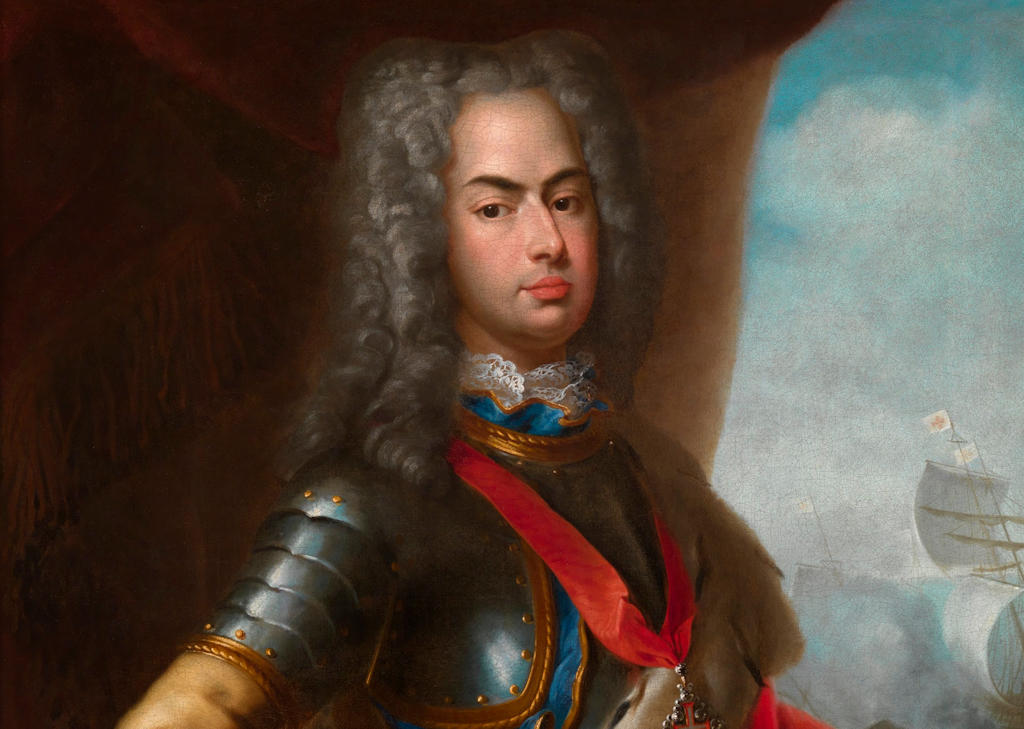As an absolute monarch, King John V disregarded traditional Portuguese institutions and pursued a policy of intervening in the affairs of other European states. He actively participated in the War of the Spanish Succession and implemented an expansionist policy that resulted in territorial gains in Portuguese India and Portuguese America. Despite his autocratic rule, King John V was a deeply religious man who devoted much of his time to prayer and religious study. He fostered a close relationship with the Catholic Church and made significant donations to the Holy See, earning him the title "Most Faithful Majesty" from Pope Benedict XIV.
Born on October 22, 1689, in Lisbon, John V was the second son of King Dom Peter II and Maria Sophia of Neuburg. He received a stimulating upbringing, surrounded by influential figures of the time. His education was supervised by Jesuit Fathers and included a wide range of subjects such as military education, politics, astronomy, nautical studies, mathematics, and history. As he grew older, John V was mentored in political affairs by Luís da Cunha, a prominent Portuguese diplomat.
At the age of seven, John's father took over his education, although his interest in mentoring soon waned. He was admitted into the Order of Christ in 1696 and received the titles of Prince of Brazil and Duke of Braganza in December of the same year. However, John experienced a period of sadness and depression following the death of his mother in 1699. His aunt, Dona Catherine of Braganza, took on the role of his tutor and guardian until her own death in 1705. John faced a life-threatening illness in April 1700 but made a miraculous recovery.
Lisbon.vip Recommends
During his reign, John V married Archduchess Maria Anna of Austria in 1708. They had several children, including Pedro, Prince of Brazil, who tragically died in 1714, leaving John devastated. John's daughter Maria Barbara eventually married Ferdinand VI of Spain, and his son José married Mariana Victoria, Louis XV's former betrothed. These marriages were part of John's plan to secure alliances and ensure the future of the House of Braganza. However, not all of his children married in his lifetime, and only Pedro's marriage to Maria Francisca, Princess of Brazil, took place after John's death.
King John V of Portugal left a lasting legacy of prosperity, architectural achievements, and cultural patronage. His reign marked a period of great growth and influence for Portugal, both within Europe and on a global scale. Despite his absolute rule, John V's devotion to the Catholic Church and his commitment to the welfare.



